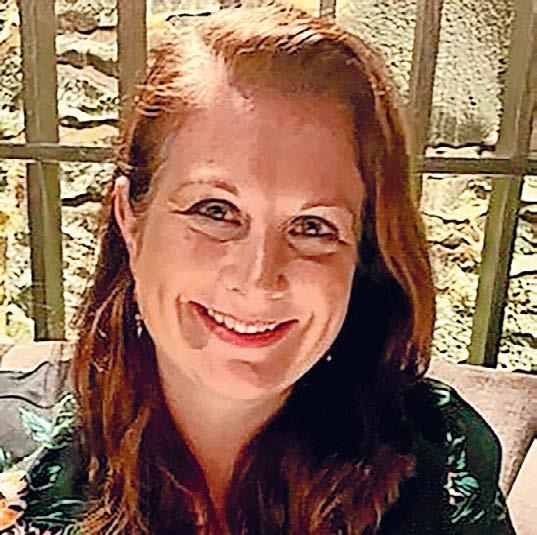
2 minute read
Why are we waiting?
The latest Chief Executive Women Senior Executive Census tells us that it will take 100 years for women to make up at least 40 per cent of all CEO positions on the ASX 200.
By LI-ENN KOO
World Economic Forum data ranks
Australia first for women’s education and 70th for workforce participation. Our schools and universities are producing incredibly talented female graduates, but their potential is not being realised.
Chief Executive Women Senior Executive Census predicts it will take 100 years for women to make up at least 40 per cent of ASX 200 CEO positions.
Surely employers need to do more to embrace these graduates.
This isn’t diversity for diversity’s sake. There’s enormous value in having different perspectives across a team. Diversity in all its forms including gender, experience, culture, age, background, education and sexuality, is proven to lead to diversity of thought and improved problem solving in executive teams.

Contrary views have value when they challenge others to think differently and see other perspectives. This helps the bottom line and makes for a more dynamic work environment and culture.
In my working life, Australian business has improved diversity at the junior levels but in the senior corporate ranks the representation of women is still lagging. McKinsey calls this the “broken rung” at the first step of promotion to management. Women are promoted at far lower rates than men, which makes it difficult for companies to lay a foundation for sustained progress at more senior levels.
To do better at retaining and promoting female talent, businesses need to think about the main barriers to advancement.
They might consider whether the mindsets of decision makers are inadvertently holding progress back. Are leaders challenging their own perceptions. Is there a policy or process that doesn’t help, or a lack of one that could?
Building diversity and inclusion requires a process of experimentation, learning from that and adapting.
Speaking directly to female employees is important to ensure they are seen, heard and supported. Listening to learn rather than react can help to inform impactful change. Tailored solutions may be required for those close to promotion such as supporting them through the process with mentoring, networking and development assistance, if required, to improve their commercial, strategic and financial acumen or other leadership skills.
Employers can help to raise the profile of women in their organisations by asking them to take up projects and secondments, and to speak on panels or at events.
It is also critical for organisations to think about how they can bring diversity into their hiring practices to improve their attractiveness as employers to diverse candidates. Diversity should be on display in the interview process and diverse candidates included on short lists.
Diversity and inclusion is about deep cultural change and requires ruthless examination of company values, leadership, policies and benefits to ensure they all encourage a culture of equity and inclusion where different views are valued.
It involves holding leaders to account for creating pathways for gender-balanced pay, promotion, retention and work practices.
These strategies will help bring businesses lacking senior women to a tipping point where it’s easier to attract and retain women.
OUR PHOTOGRAPHY Pymble is proud to recognise award-winning photographer, director, artist and thought leader Alina Gozin’a, who photographed both Pymble’s Watch Us Change the World Campaigns. Gozin’a is represented in Australia by Merv and is known for photographing some of the most iconic AFRMagazine covers of notable personalities such as Oscar winner Emile Sherman (January 2023), Judith Neilson, Scott Farquhar, Frank Lowy and Andrew Forrest to mention a few; and is an advocate and mentor for gender equality. Her keynote talk The Art of Seeing sets out to inspire all to see the world and themselves in a new light.









